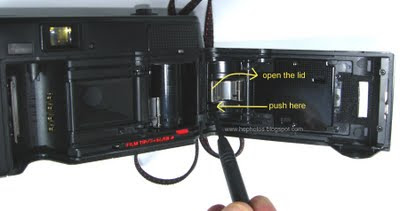
Nikon L35AD2 is a very easy to use compact point and shoot camera. Especially after my
Agfa which I used for years, this one was very easy.
I bought this camera in 1986 and have taken a lot of beautiful pictures. It was difficult to carry my SLR camera Nikon FA.
I have had other cameras but with Nikon L35 AD2 I have been extremely pleased.
In my opinion the picture quality is , outstanding. It still works well.
Power source: 1.5V AA type batteries for main functions and one lithium battery for the data imprint.
Film speed setting is automatic, you can use DX coded 35 mm films from ISO 50 to ISo1600.
Film winding is also automatic.

Just look into the viewfinder and centre the autofocus frame marks on the subject, and shoot. The autofocus is very good.
The built in flash pops up automatically when light is insufficient. Flash shooting range is 0.7 meters to 4.00 meters depending on film ISO.
Also it has a very good focus lock system.
You can also use selftimer lever and the shutter is released after approximately 10 seconds.
You can also adjust the databack depending on what you want to be printed on the picture. Hour/minute or year/month/day
It is a perfect compact camera but not digital.
It comes with a nice strap and a very nice camera bag, not like todays cameras














